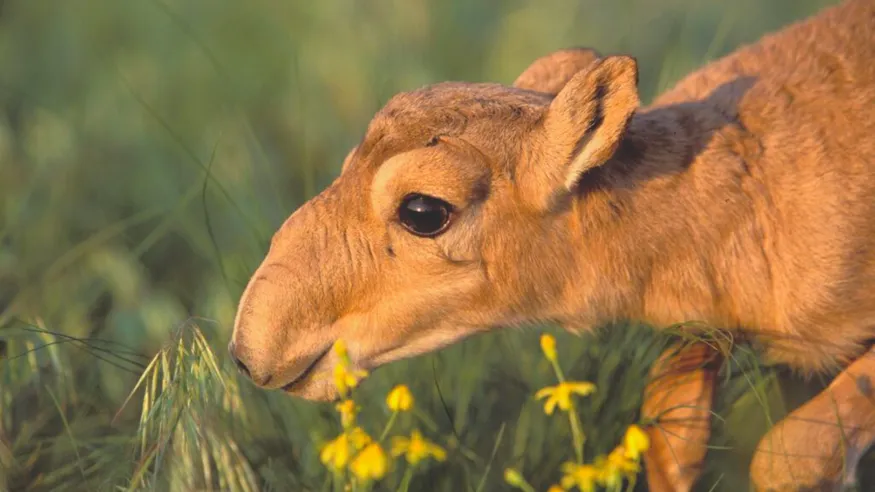The Minister of Ecology Serikkali Brekeshev announced on Tuesday that the population of endangered Saiga antelopes in Kazakhstan is now over 1.3 million. The number exceeds initial estimates.
Population control
According to Phys.org, in 2015, around 200,000 of the antelopes—well over half the total global population at the time—were wiped out by what scientists later determined was a nasal bacterium that spread in unusually warm and humid conditions.
But last year the numbers rebounded from 334,000 in 2019 to 842,000 across the central, western and northwestern regions of the country.
The April aerial count ahead of this year's spring calving took the population to 1,318,000, according to a dataset shared with AFP by the ecology ministry.
The Kazakh steppe is home to a majority of the world's Saiga with Russia's Kalmykia region and Mongolia hosting smaller numbers.
Poaching is a persistent threat to the Saiga, known for its distinctive bulbous nose, and is fuelled by demand for their horn in traditional Chinese medicine.
Kazakh leaders pledged to intensify their crackdown on poaching after two state rangers were killed by poachers in 2019.
But the success of conservation efforts has raised concerns as the ministry of ecology is considering allowing hunting again, with a ban introduced in the late 1990s running out in 2023. The minister stated that the decision for population control stems from competition with farm animals for food and trampling of fields.
